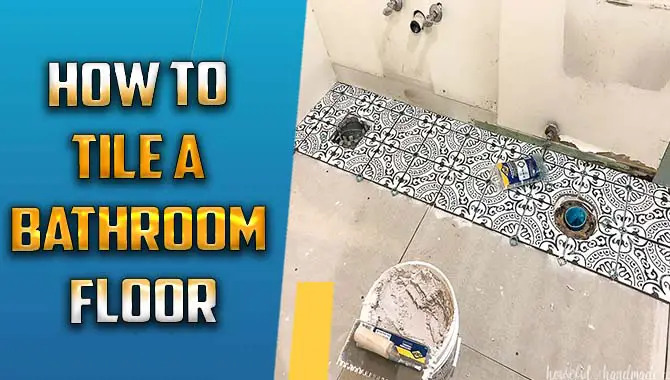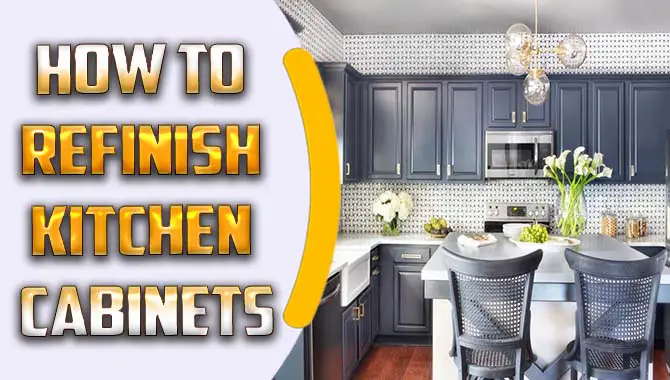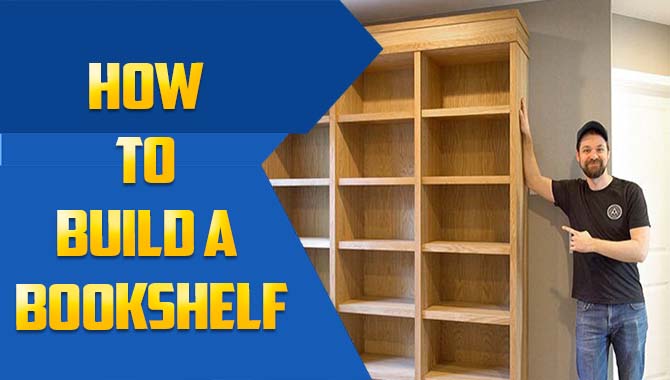Installing a new thermostat can seem daunting, but it can be done easily and efficiently with the right tools and guidance. Replacing an old thermostat with a new one is a simple yet effective way to upgrade your home’s heating and cooling system.
Are you tired of constantly adjusting the temperature in your home or office? It’s time to upgrade your thermostat and take control of your comfort. Here we will guide you through how to install a new thermostat in 7 easy steps.
From choosing the right thermostat for your heating and cooling system to wiring it up correctly, we’ve got you covered. With our step-by-step guide and expert tips, you can install your new thermostat in no time and enjoy a comfortable environment year-round.
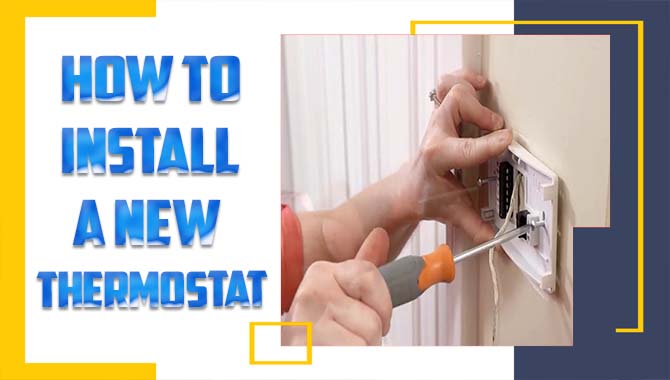
How To Install A New Thermostat
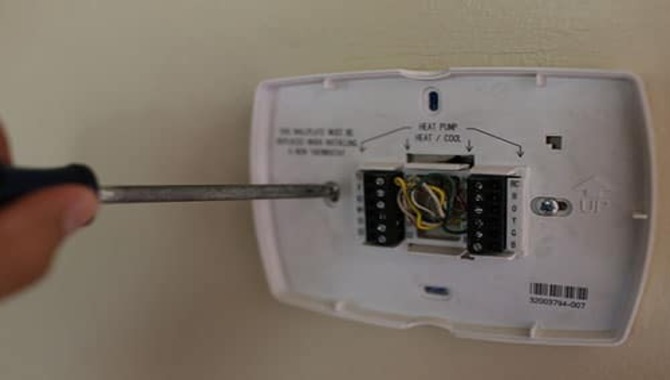
When upgrading your HVAC system with a new device, choosing the right thermostat that fits your needs is important. Compatibility is key, so consider the type of thermostat that works best with your cooling or heating system. Consider whether you want a smart thermostat; if you do, check for compatibility with other smart home systems, like your air conditioning unit.
Also, look up reviews from homeowners who have used similar thermostats before. Remember to choose a power source that works for you, pick an appropriate interface, and do not rush into selecting a new device without checking compatibility first. Here is the process of how to install a new thermostat step by step.
Tools Needed For Thermostat Installation
To install a new thermostat, gather basic tools like screwdrivers, wire strippers, and pliers. You may need additional tools depending on the type of thermostat or wiring in your home. Before starting, read the manufacturer’s instructions carefully.
Professional installation may be necessary for certain types of thermostats. Don’t forget to consider features like compatibility, programmable settings, and Wi-Fi connectivity when choosing a new device.
Shutting Off Power To Your HVAC System
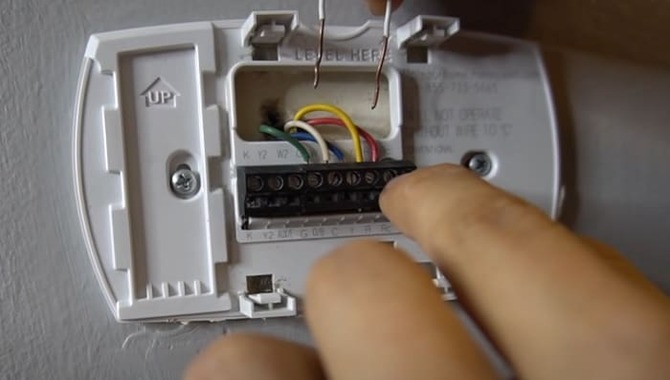
Before replacing your old thermostat with a new one, remember to shut off the power to your HVAC system. To do this, locate and turn off your HVAC system’s circuit breaker. Be sure to test that the power is turned off before removing your old thermostat and installing a new one using manufacturer instructions. Safety first!
Identifying Your HVAC System Wiring
Before installing a new thermostat, it’s essential to identify your HVAC system wiring. Various HVAC systems require specific wiring configurations for thermostats to operate correctly. Some common HVAC systems include central heating and air conditioning, heat pumps, and boilers.
To ensure compatibility with the new thermostat, match the wiring of the existing one. If unsure about your HVAC system’s wiring, consult a professional or refer to the manufacturer’s instructions.
Removing Your Old Thermostat

When planning to upgrade your home’s thermostat, it’s crucial to ensure compatibility with your HVAC system before making any changes. Remember to photograph the wiring connections and dispose of your old device properly. Following these steps, you can avoid damaging your heating or cooling systems while installing a new thermostat.
Wiring Your New Thermostat
When connecting a new device like a smart thermostat, it’s important to handle the HVAC system’s wiring and other components carefully. Start by shutting off power at the circuit breaker or breaker panel, then locate and remove the faceplate from your current thermostat.
Take a picture of the wires before disconnecting them from your old thermostat, and use masking tape or labels to keep track of each wire’s colour and location. Refer to the wiring diagram provided with your new smart thermostat to ensure compatibility with your heating or cooling system before installing it in a good-condition wall cavity or another suitable location.
Be sure to check for direct sunlight or other sources of interference that could affect the device’s performance, and use a built-in level or small screwdriver as needed during installation.
Don’t forget to download any necessary apps for setup and configuration, such as those for Wi-Fi thermostats or programmable thermostats that require additional steps beyond simple wiring changes.
Connecting Your New Thermostat To Wi-Fi
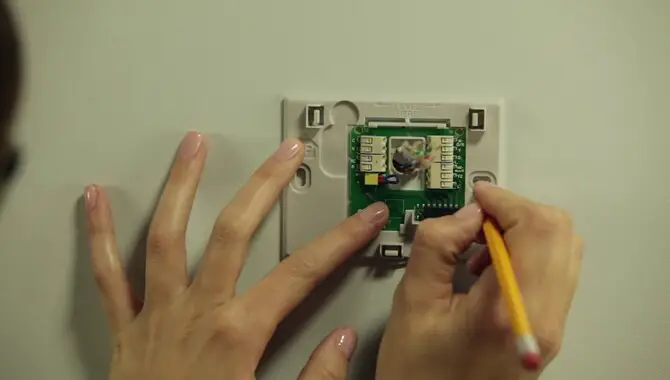
After choosing the right thermostat for your HVAC system and installing it correctly following our step-by-step guide, it’s time to connect it to Wi-Fi. Ensure you have a strong internet connection before following the manufacturer’s instructions.
Many models require an additional hub or bridge for Wi-Fi connectivity. Enjoy remote control of your home’s heating and cooling system through an app using your new smart thermostat.
Setting Up Your New Thermostat With An App
When installing a new thermostat, setting it up with an app can give you more control over the temperature in your home. Before buying a new smart or programmable thermostat, ensure it is compatible with your existing HVAC system and has a mobile app for your smartphone or tablet.
With the right setup and connection process, you can easily adjust heating and cooling settings from anywhere in your house.
Troubleshooting Common Thermostat Installation Issues
During thermostat installation, following a step-by-step guide is important to avoid any common issues. Start by turning off power and verifying compatibility with your HVAC system.
Check wiring connections, settings, and faceplate installations. If problems persist, consider hiring a professional HVAC technician or electrician. Remember to use caution around voltage and circuit breakers while installing your new device.
Do I Need An Electrician To Install A New Thermostat?
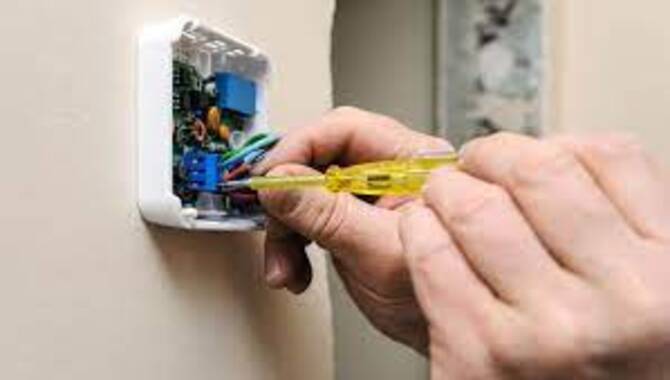
Whether or not you need an electrician to install a new thermostat depends on your level of electrical expertise. Hiring an electrician if you’re unsure or uncomfortable with wiring is advisable. A professional can guarantee safety and accuracy. However, if you’re confident in your abilities and follow instructions carefully, you may be able to handle the installation yourself.
How To Test Your New Thermostat
Before testing a new thermostat, ensure it is compatible with your HVAC system. Turn off the power to the system before installation and follow the manufacturer’s instructions for proper wiring and installation. After installing, test it by turning on your heating or cooling systems while checking temperature readings. Make sure all connections are secure without any loose wires.
The first step in testing your new thermostat is to turn off your heating and cooling system. Next, adjust the temperature on your thermostat to a temperature different from your home’s current temperature.
Wait a few minutes to see if your heating or cooling system turns on. If it does, then your thermostat is working correctly. If it does not turn on, then you may need to troubleshoot your thermostat or call a professional for assistance.
How To Choose The Right Thermostat For Your Heating And Cooling System
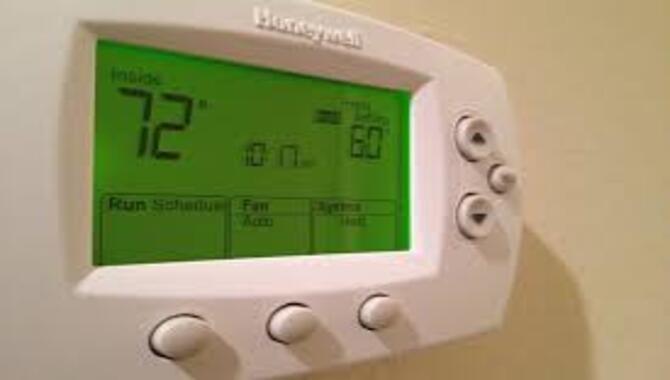
When choosing the right thermostat for your heating and cooling system, there are a few key factors to consider. First and foremost, you’ll need to choose a thermostat that is compatible with your specific HVAC system. This may require consulting with a professional HVAC technician if you’re unsure which type of thermostat best suits your system.
Once you know what type of thermostat you need, you’ll also want to consider additional features that can help optimize energy efficiency and provide greater control over your indoor climate.
For example, programmable thermostats allow you to set customized temperature schedules that automatically adjust throughout the day, while smart thermostats use advanced sensors and algorithms to learn your preferences and make intelligent adjustments based on factors like weather patterns and occupancy.
Other important considerations when choosing a thermostat include ease of use, compatibility with other smart home devices, and overall design aesthetics. By taking the time to carefully evaluate your options and choose the right thermostat for your needs, you can enjoy greater comfort and energy savings all year round.
Conclusion
Installing a new thermostat can seem daunting, but it is a simple process with the right tools and knowledge. You can install your new thermostat without any hassle by following the steps outlined here on how to install a new thermostat.
Remember to choose the right thermostat for your heating and cooling system, shut off power to your HVAC system before starting, and follow the wiring instructions carefully. If you encounter any issues during installation or have questions about which thermostat to choose, consult with an expert. Once installed, test your new thermostat and enjoy the benefits of a more efficient heating and cooling system.
Frequently Asked Questions:
Can I Install A New Thermostat Myself?
Installing a new thermostat yourself is feasible, but proper safety precautions must be taken. Turn off the HVAC system power, read the instructions carefully, and have all the necessary tools. If unsure about any step, seek help from an HVAC expert.
Do You Need An Electrician To Install A New Thermostat?
Installing a new thermostat may or may not require an electrician. You can do it yourself if you have some electrical knowledge and feel confident working with wires. However, it’s best to hire a professional if you’re unsure or uncomfortable. For homes with complex wiring systems, hiring an electrician is necessary.
What Is The Function Of A Thermostat In Electrical Installation?
A thermostat is a device that regulates the temperature in an electrical installation, such as a heating or cooling system. It works by sensing the temperature in the environment and sending signals to the HVAC (heating, ventilation, and air conditioning) system to turn on or off to maintain a desired temperature range.
Can I Replace My Thermostat With Any Thermostat?
Before replacing your thermostat, ensure it is compatible with your heating and cooling system by checking manufacturer specifications and compatibility charts. Some thermostats may require additional wiring or programming that may not work with your current system. Consult a professional if in doubt.
How To Replace The Analog Thermostat With A Digital?
To replace an analog thermostat with a digital one, first, turn off the power to your HVAC system. Next, disconnect the wires from the old thermostat and install a mounting plate for the new one. Connect the wires according to the manufacturer’s instructions and follow setup instructions. After testing, dispose of the old thermostat properly.

I am passionate about home engineering. I specialize in designing, installing, and maintaining heating, ventilation, and air conditioning systems. My goal is to help people stay comfortable in their homes all year long.
